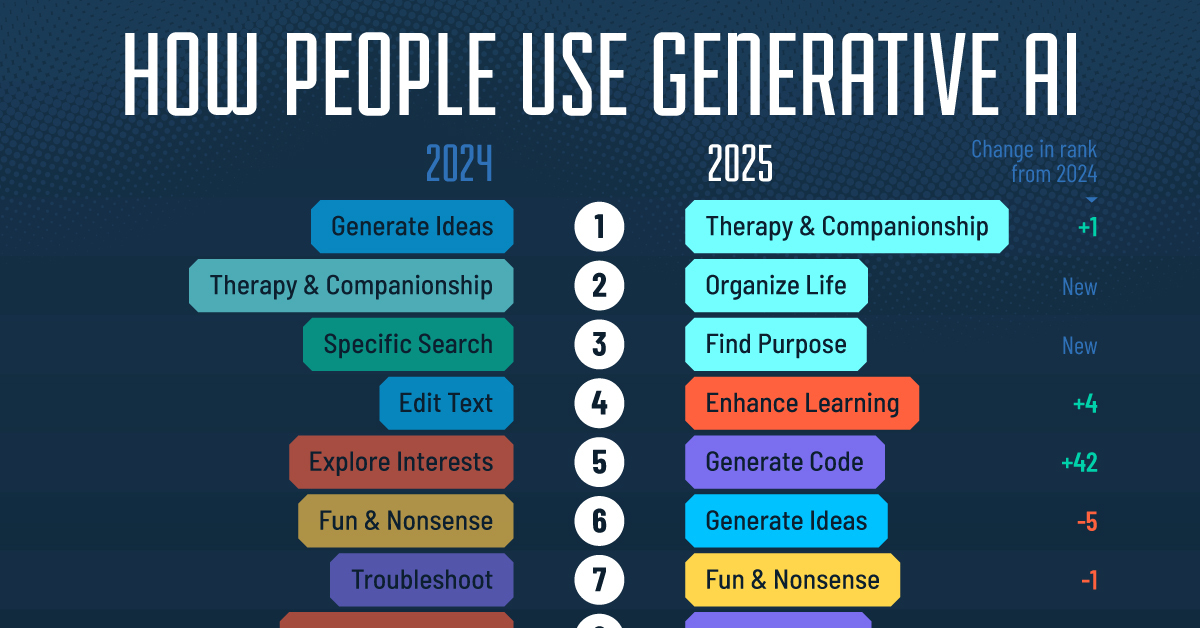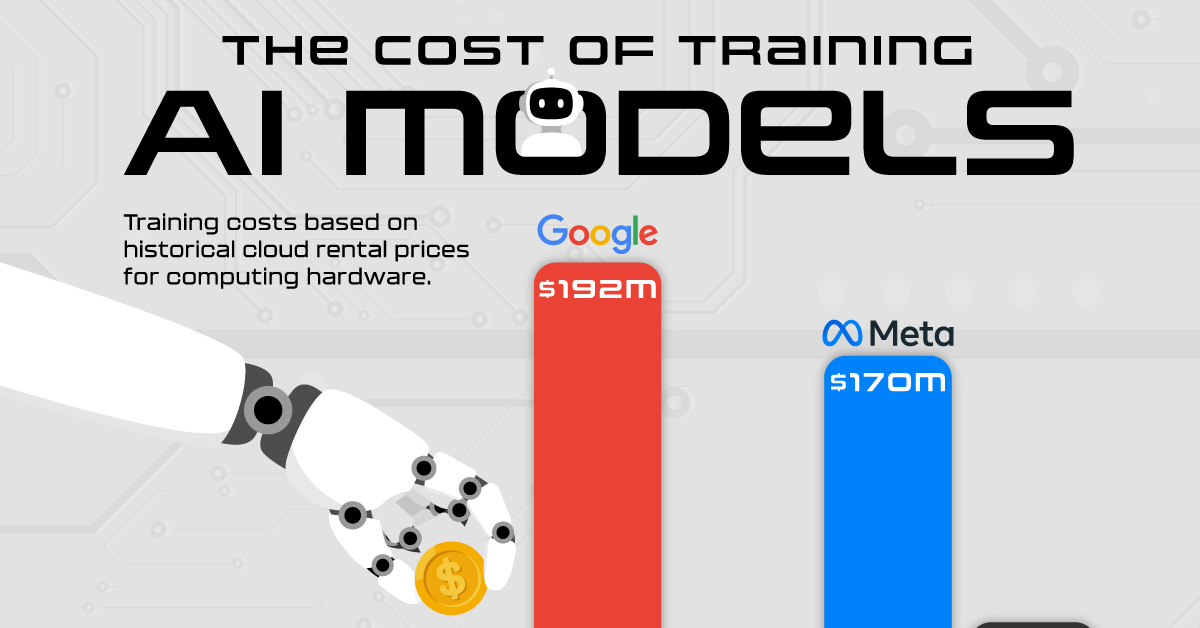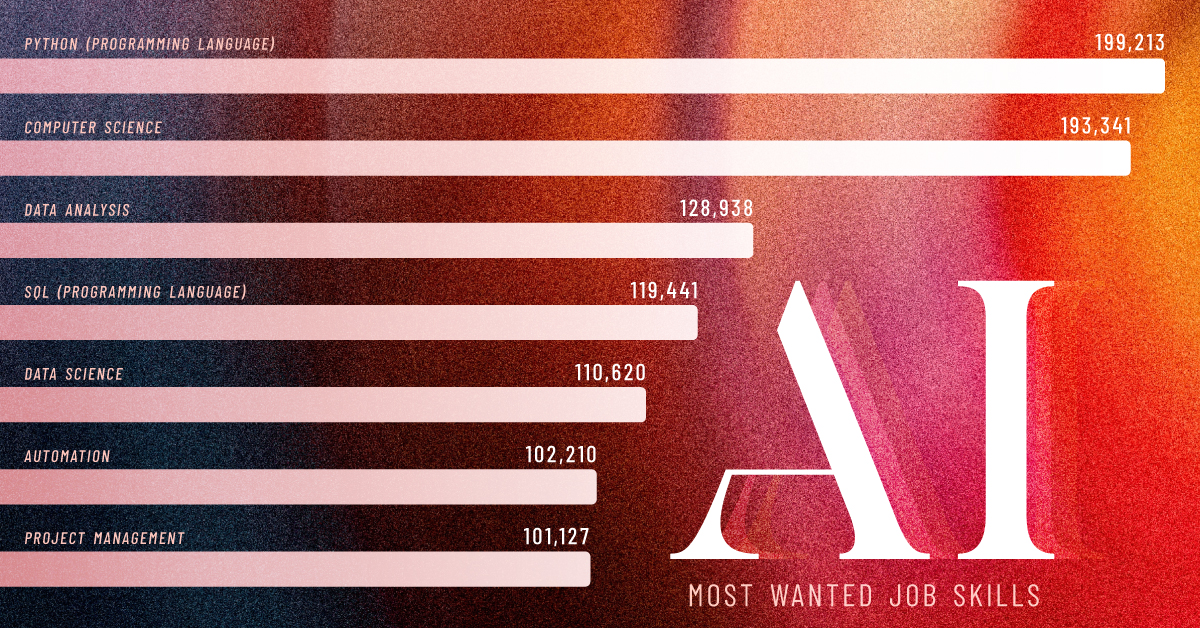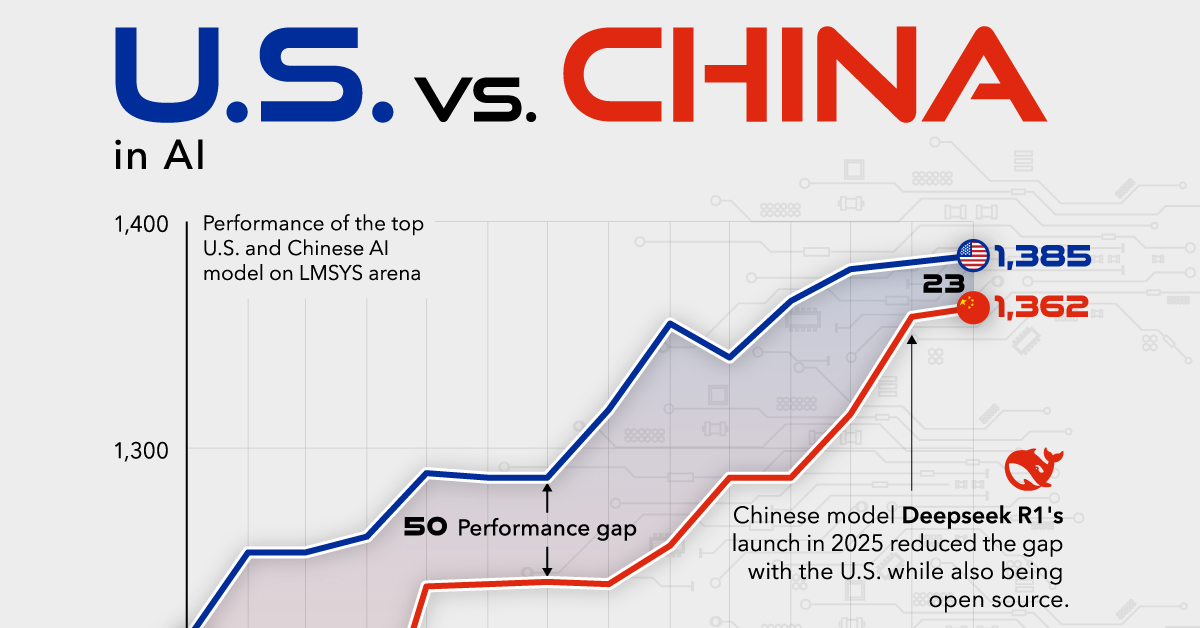
AI Week was our first-of-its-kind editorial event. In it, we examined the latest AI insights, including the amount each nation is spending on AI, how people utilize AI today, the skills required for a career in AI, and much more.
All these insights were drawn from the 2025 Stanford AI Index and other cutting-edge sources. All of these are available at Visual Capitalist’s AI content hub–brought to you by our partners at Terzo.
Tap Into AI Week
This week, we examined several key areas of the AI landscape in 2025.
First, we examined the state of global AI investment, discovering that the U.S. has raised nearly half a trillion dollars in private AI investment since 2013—the most of any nation.
Following the U.S. were China and the U.K., which invested $120 billion and $30 billion, respectively, during the same period.
Patent filings serve as a means to measure innovation and leadership in the technology sector while also providing legal protection for novel ideas and inventions.
In our second post, we examined AI leadership by analyzing the number of AI patents filed by major nations. We found that China has accumulated 70% of all global AI patents, the most in recent years.
However, evidence does suggest that many of these patents were applied for and protected within China alone.

AI can be found in nearly every digital product today. So, in the third post, we explored how people utilize AI today.
Here, we found that the primary reason people use AI today is for both professional and personal support. Showing that AI can assist humans in managing both their emotions and life.
However, AI continues to find many uses in content creation, learning, and creativity.

A significant aspect of the conversation surrounding AI models is the substantial amount of money tech giants are investing in their training.
We examined corporate investment in various AI models, finding that in recent years, Google has spent the most. Although data is limited, it’s believed that the company spent $192 million in training Gemini 1.0 Ultra—the highest amount across all leading models.

The conversation around AI has also raised the question of whether humans or machines are faster at technical tasks.
While AI systems have historically fallen short compared to humans, the gap has narrowed considerably over the past year. Now, AI surpasses humans in specific technical skills, including advanced mathematics and visual reasoning.

The advent of AI has also created the need for AI-based jobs. Stanford University’s 2025 AI Index examined AI job postings throughout the U.S. and found that the most sought-after skill is the programming language Python.
Computer science, data analysis, and an understanding of the Agile working methodology were also identified as valuable AI skills.

For our final AI Week graphic, we pit American AIs against their Chinese counterparts in a test of performance.
The graphic charts the performance of the top U.S. and Chinese AI models on LMSYS’s Chatbot Arena. It shows that while U.S. models have consistently outperformed Chinese models, the performance gap has closed dramatically in recent years.

Helping the World to Discover Your Data
At Visual Capitalist, we craft campaigns like AI Week that tackle our client’s key challenges.
Whether by making your data more discoverable, leveraging our brand and audience of 12 million people per month, or consulting and educating around data discovery, our goal is to help you isolate the signal from the noise.
If you want to learn how companies like Terzo, BlackRock, MSCI, and Morningstar grew their brands by partnering with Visual Capitalist, contact us today.Use This Visualization